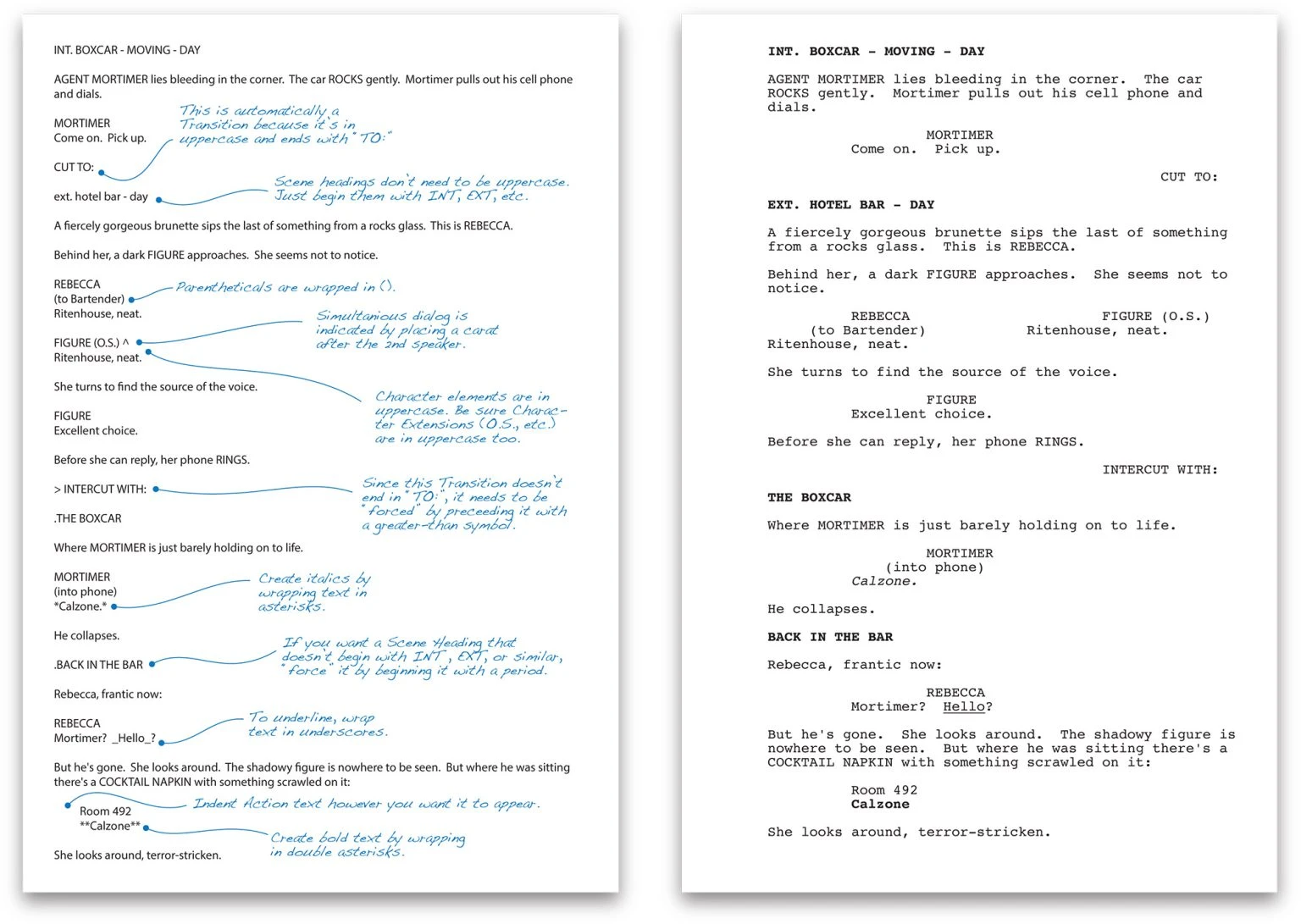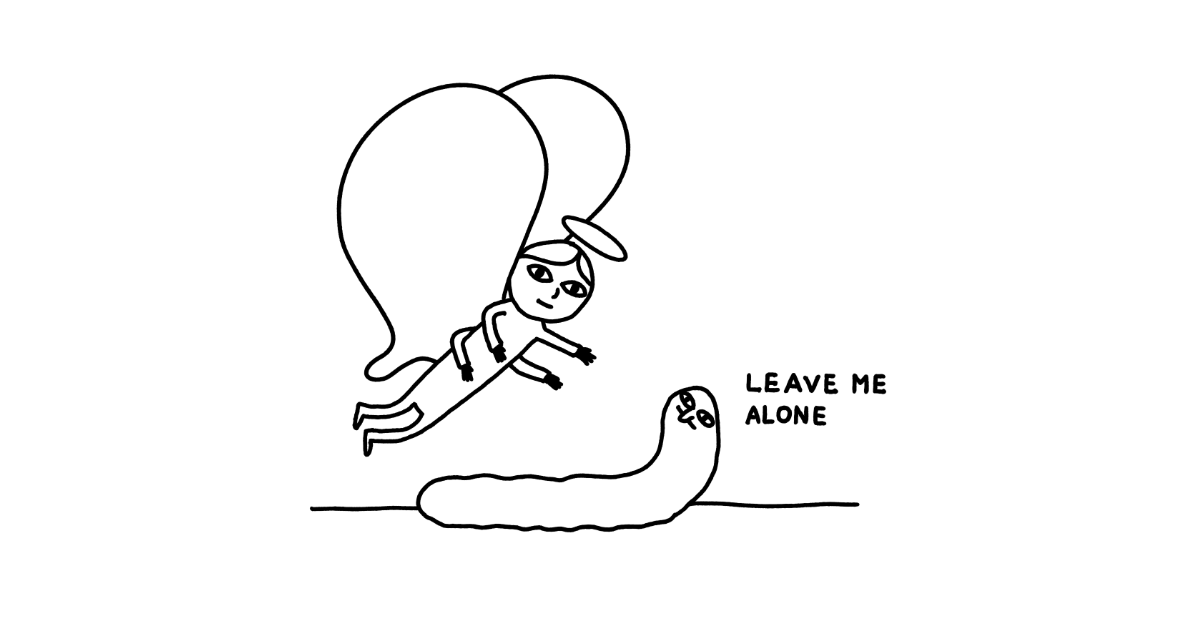![Sentence structure for writers: understanding weight and clarity [extract] Some sentences just sound awkward. In order to ensure clarity, writers need to consider more than just grammar: weight is equally important. In the fo](https://oupblog.wpenginepowered.com/wp-content/uploads/2017/11/DJFivmrP9po.jpg)
Sentence structure for writers: understanding weight and clarity [extract]
Some sentences just sound awkward. In order to ensure clarity, writers need to consider more than just grammar: weight is equally important.
In the following extract from Making Sense, acclaimed linguist David Crystal shows how sentence length (and weight) affects writing quality.
I’ve tested sentence pairs like this many times and never come across anyone who prefers the second sentence. People say things like it’s ‘awkward’ and ‘clumsy’; ‘ending the sentence with was nice sounds abrupt’; ‘putting all that information at the beginning stops me getting to the point’; and ‘the first one’s much clearer’.
Again, the first is judged to be the better alternative. The second sentence doesn’t break any grammatical rules, and could easily turn up in a novel, but few people like it, and some teachers would correct it.
What both these examples show is the importance of length, or weight. The first pair illustrates how English speakers like to place the ‘heavier’ part of a sentence towards the end rather than at the beginning. The second pair shows a preference for a longer time adverbial to come after a shorter one. Both illustrate the principle of end-weight. It was a principle that the prescriptive grammarians recognized too. In his appendix on ‘perspicuity’, Lindley Murray states several rules for promoting what he calls the ‘strength’ of sentences. His fourth rule is: ‘when our sentence consists of two members, the longer should, generally, be the concluding one’.





















